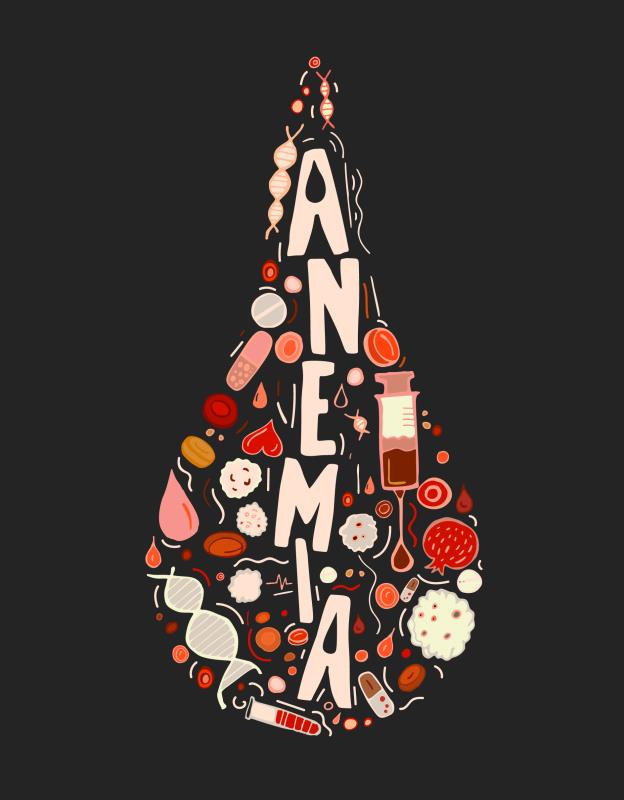Roxadustat a new option for CKD-related anaemia





Roxadustat may be a suitable treatment for anaemia in patients with non-dialysis dependent (NDD) chronic kidney disease (CKD), the phase III Dolomites* study showed.
This multicentre, open-label trial involved 616 adults (mean age 66.3 years, 44.5 percent male) with NDD CKD stage 3–5 and anaemia (mean eGFR** 20.3 mL/min/1.73 m2, mean haemoglobin [Hb] 9.55 g/dL). Following screening, they were randomized to receive either oral roxadustat (n=323) or subcutaneous or intravenous (IV) darbepoetin alfa (n=293) thrice weekly for up to 104 weeks. The study had a correction and maintenance period. Dose adjustment was used to achieve Hb levels ≥11 g/dL and an increase from baseline of ≥1 g/dL during the correction period and a target of 10–12 g/dL during the maintenance period.
In the first 24 weeks of treatment, Hb response*** without rescue therapy occurred in more roxadustat than darbepoetin alfa recipients (89.5 percent vs 78.0 percent; difference, 11.51 percent, 95 percent confidence interval [CI], 5.66–17.36 percent), demonstrating noninferiority of roxadustat to darbepoetin alfa. [ERA-EDTA 2020, abstract MO001]
Hb levels remained higher with roxadustat vs darbepoetin alfa for about 20 weeks after treatment initiation and were then comparable, said Professor Jonathan Barratt from the University of Leicester, Leicester, UK, who presented the results at ERA-EDTA 2020.
Roxadustat was also noninferior to darbepoetin alfa for change from baseline to weeks 28–36 in Hb levels (least square means [LSM] difference, 0.015), weeks 12–28 for SF-36 PF/VT# sub-scores (LSM difference, -1.284/-0.457), weeks 20–28 for mean arterial pressure (LSM difference, -0.372), and weeks 1–36 for first hypertension incidence (hazard ratio [HR], 0.83), and superior to darbepoetin alfa for LDL change from baseline to weeks 12–28 (LSM difference, -0.403 mmol/L) and time to first IV iron use in weeks 1–36 (HR, 0.45; p=0.004).
Mean LDL-C levels remained lower with roxadustat vs darbepoetin alfa throughout the study. Adjudicated cardiovascular (CV) event incidence did not significantly differ between groups. Despite the lack of power “the results do not suggest an increased CV risk with roxadustat compared with darbepoetin alfa,” said Barratt.
Comparable safety
Treatment-emergent adverse event (TEAE) incidence was similar between roxadustat and darbepoetin alfa recipients (91.6 percent vs 92.5 percent), with 64.7 and 61.8 percent, respectively, experiencing serious TEAEs. TEAE-related treatment withdrawal was more common among roxadustat than darbepoetin alfa recipients (7.7 percent vs 3.8 percent). TEAEs led to 34 deaths in each group.
Among the most common TEAEs (≥7 percent), peripheral oedema (15.2 percent vs 12.3 percent), hyperphosphatemia (8.7 percent vs 5.1 percent), muscle spasms (7.7 percent vs 5.1 percent), and dyspnoea (7.4 percent vs 4.1 percent) occurred more frequently with roxadustat vs darbepoetin alfa. End-stage renal disease (36.2 percent vs 33.4 percent), hypertension (33.8 percent vs 29.7 percent), hyperkalaemia (14.3 percent vs 11.8 percent), and urinary tract infections (9.2 percent vs 6.5 percent) were more frequent with darbepoetin alfa vs roxadustat.
A new therapy?
While the standard treatment for CKD-related anaemia is erythropoietin analogues (EA) and iron, EAs have been associated with CV risk in some patients, said Barratt. “Moreover, a high proportion of NDD CKD patients with anaemia remain untreated for their anaemia,” he said.
“The findings from this study suggest that roxadustat is a viable alternative option for the treatment of anaemia in NDD CKD patients,” concluded Barratt.